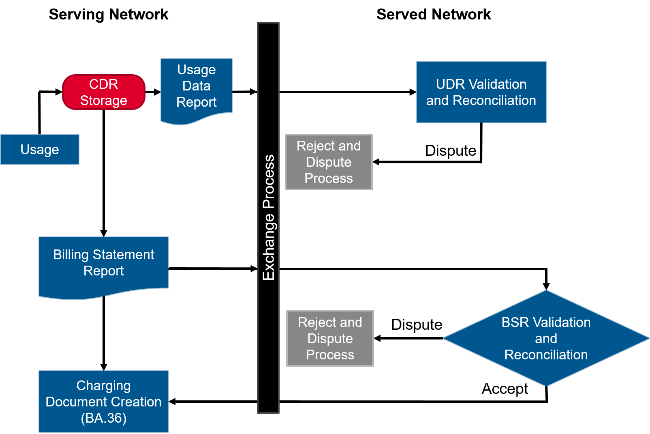Roaming Billing and Charging Reconsidered: GSMA’s BCE Initiative and the Future of TAP
In 2019, the GSMA initiated the development of a new standard called “Billing and Charging Evolution” (BCE) expected to be used alongside TAP (Transferred Account Procedure) at early stages and then gradually replace it as adoption gathers pace.
3740
Share

